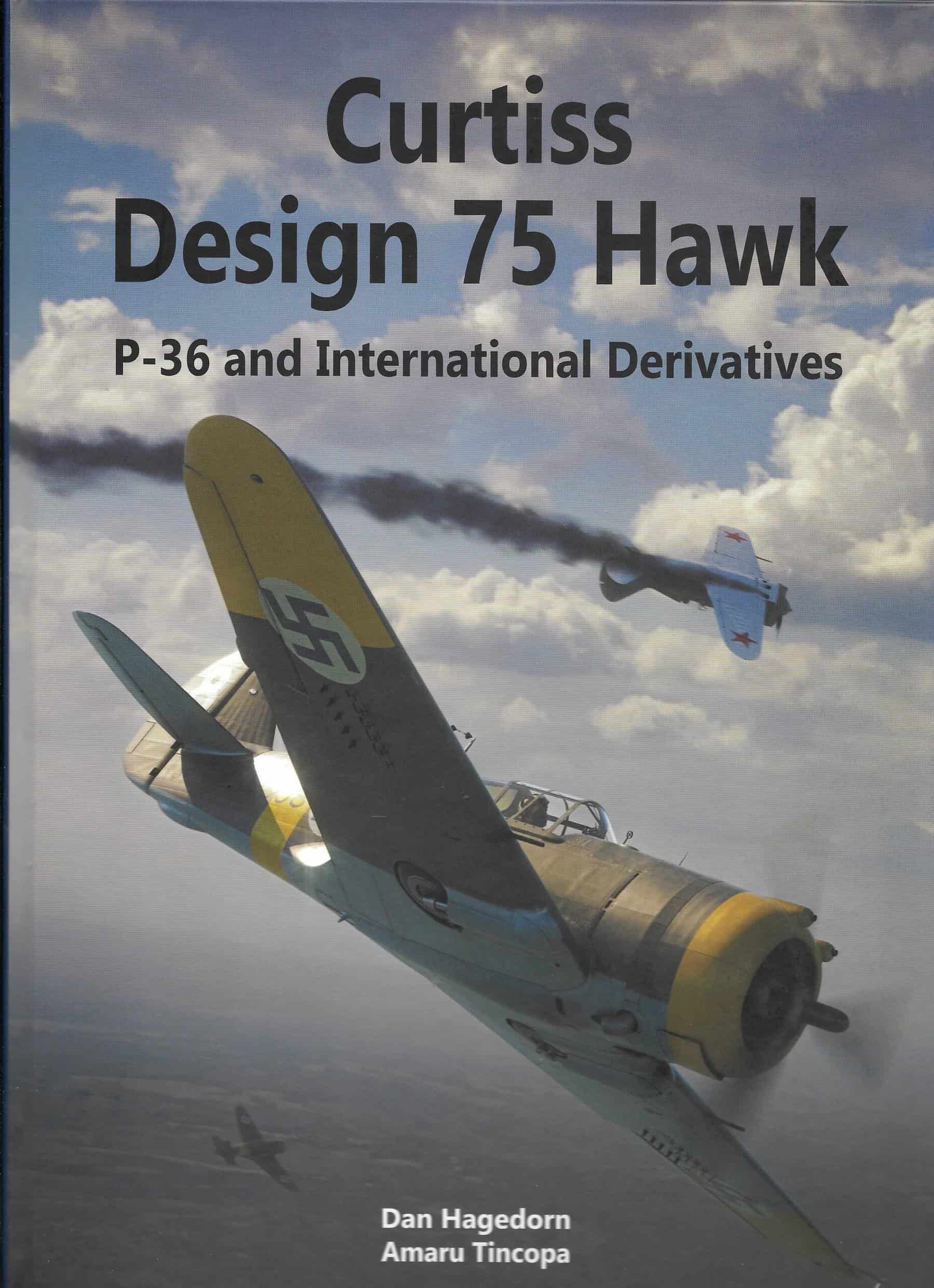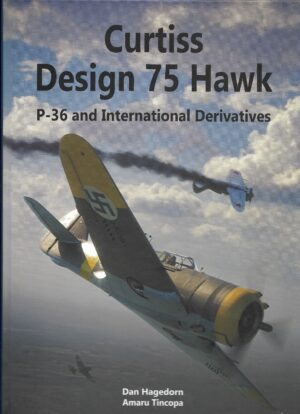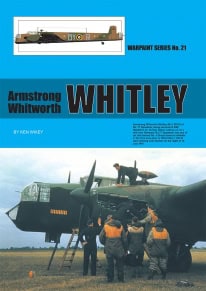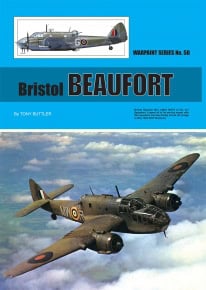Description
Dan Hagedorn, former curator of The Museum of Flight in Seattle, and Amaru Tincopa, both specialists in world and Latin American military aviation, have teamed up to compile this definitive monograph describing the Curtiss Design 75 and one of its major production variants, the USAAC’s P-36, and its many international derivatives. The Design 75 of 1935, as it was initially described by Curtiss, was without doubt a turning point in U.S. fighter design. It incorporated all of the technical advances being favored worldwide and was for Curtiss a huge engineering step forward.
The Design 75 saw operational service with many air forces around the world and could lay claim to many aerial victories in intense dog fights during World War Two. It flew sorties in both Europe, North Africa, Latin America, the Middle East, India and Asia. Unbelievably, the Curtiss Hawk 75 saw service with both Allied and Axis air forces.
Many books have been published, especially those describing Hawk 75s in service with France and Finland, but after the opening of the Curtiss-Wright Corporate Archive at the National Air and Space Museum, Smithsonian Institution, the authors have managed to correct many misunderstandings and outright myths surrounding the history of the type.
The volume gives a detailed description of all of the derivatives of the Hawk 75, everything well-illustrated with hundreds of unique and high-quality photographs, of which many are in colour. In addition, renowned illustrator Juanita Franzi, has made a considerable number of colour profiles, which beautifully help interpret the text.











Reviews
There are no reviews yet.